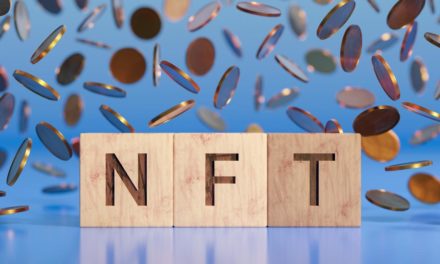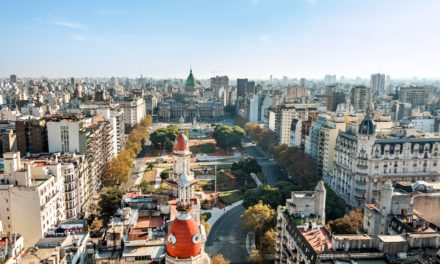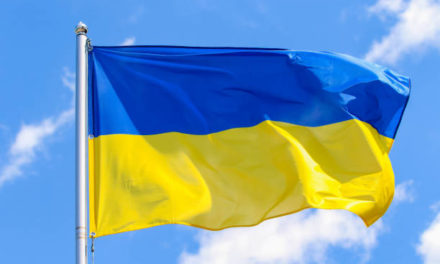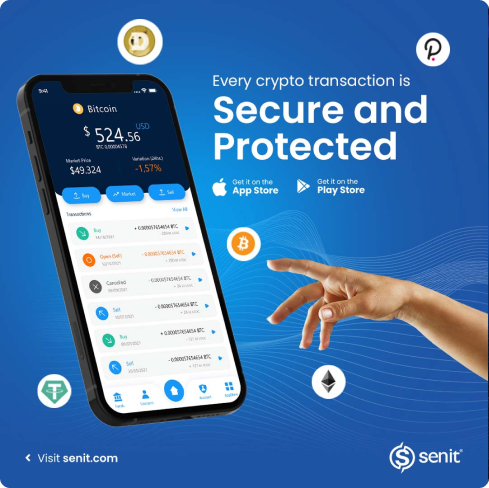Andrés Engler
Jul 29, 2022
The news was hailed as a historic event for South American football, but it could bring unexpected consequences for Argentinian club Banfield, amid local FX restrictions.

This week, São Paulo, one of Brazil’s most important soccer teams, announced the acquisition of Giuliano Galoppo, a player from Argentinian mid-table club Banfield.
Nothing unusual there. Players transfer all the time. What made it a special occasion was that money was transferred in the form of USD Coin (USDC), a stablecoin, via the Latin American exchange Bitso.

Thales Araújo de Freitas, CEO of Bitso in Brazil, called the transaction a “historic moment for Bitso, São Paulo and South American soccer more broadly.”
It is no coincidence that São Paulo experimented with crypto for a transaction. In January, Bitso, the first crypto unicorn in Latin America, became a sponsor of the club, one of the biggest in Brazil and owner of the legendary Morumbi stadium.
The announcement generated particular interest in Argentina, where it was interpreted as an attempt by Banfield to evade the current country’s foreign exchange restrictions, which oblige exporters to convert their U.S. dollars into Argentine pesos within five days of the transaction.
The use of USDC to avoid the Central Bank of Argentina (BCRA) would make some sense for Banfield, as the bank’s regulations do not mention the word “crypto.” After all, if the club was forced by the BCRA to liquidate its exports in the official exchange market, it would receive 131 Argentine pesos (ARS) per U.S. dollar, while the U.S. dollar in the financial and informal markets exceeds 300 ARS.
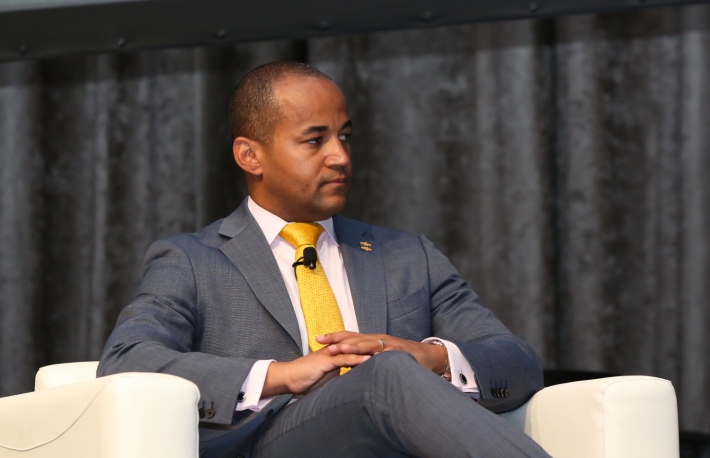
Dante Disparte, chief strategy officer at Circle, one of the companies behind USDC, tweeted that USDC was used “as the payment medium to avoid currency risk.”
The use of USDC by São Paulo – or Bitso, rather – is no coincidence. In November, the exchange partnered with Circle to launch an international transfer product, and so far the relationship has been fruitful. Bitso processed $1 billion in crypto remittances between Mexico and the U.S. in the first half of 2022 – up 400% from the same period last year – and plans to process $1 billion more by the end of December.
The operation between São Paulo and Banfield may have cost less than a SWIFT (Society for Worldwide Interbank Financial Telecommunications) one. But it appears that the Argentinian club will not be able to avoid currency risk, as Disparte said, because the club will be required to convert the full amount of the transaction into Argentine pesos at the official exchange rate, BCRA sources told CoinDesk.
Neither club disclosed the deal amount, but it was estimated at $8 million by the Argentine newspaper La Nación. That’s a significant amount for a club of Banfield’s size.
The use of crypto also creates other difficulties for Banfield. For having traded USDC, the club will be banned for 90 days from accessing the official exchange market to buy players – an import, after all – at the official rate, following a BCRA resolution published last week.
Banfield, if the BCRA’s word is kept, will receive ARS 1 billion after the transaction. However, if it wanted to buy the same player for the same amount, it would have to get ARS 2.4 billion in local financial markets – where the U.S. dollar quotation is 130% higher – as the BCRA’s reserves are depleted and estimated to be negative by more than $4 billion.
The use of USDC accelerated the transfer and was good marketing, but it did not solve the underlying issue in Banfield’s case. In fact, it made it worse.


